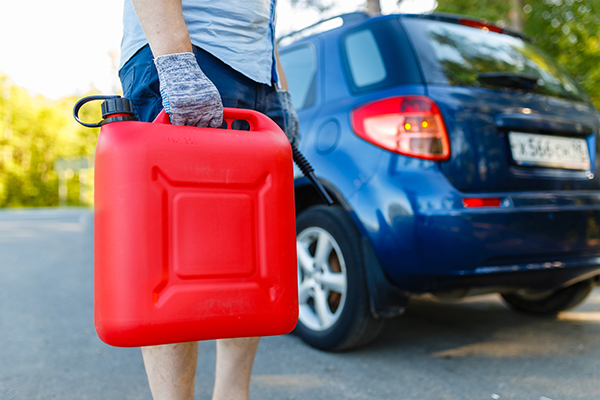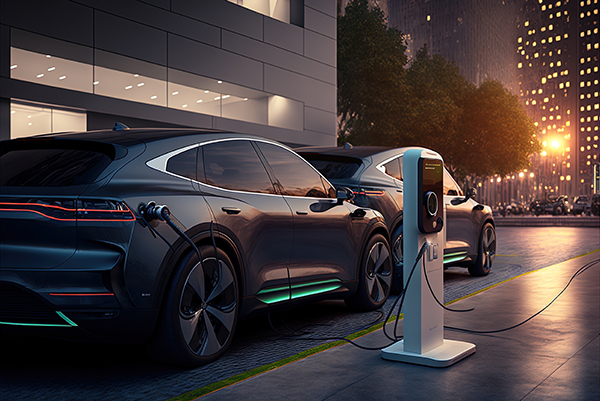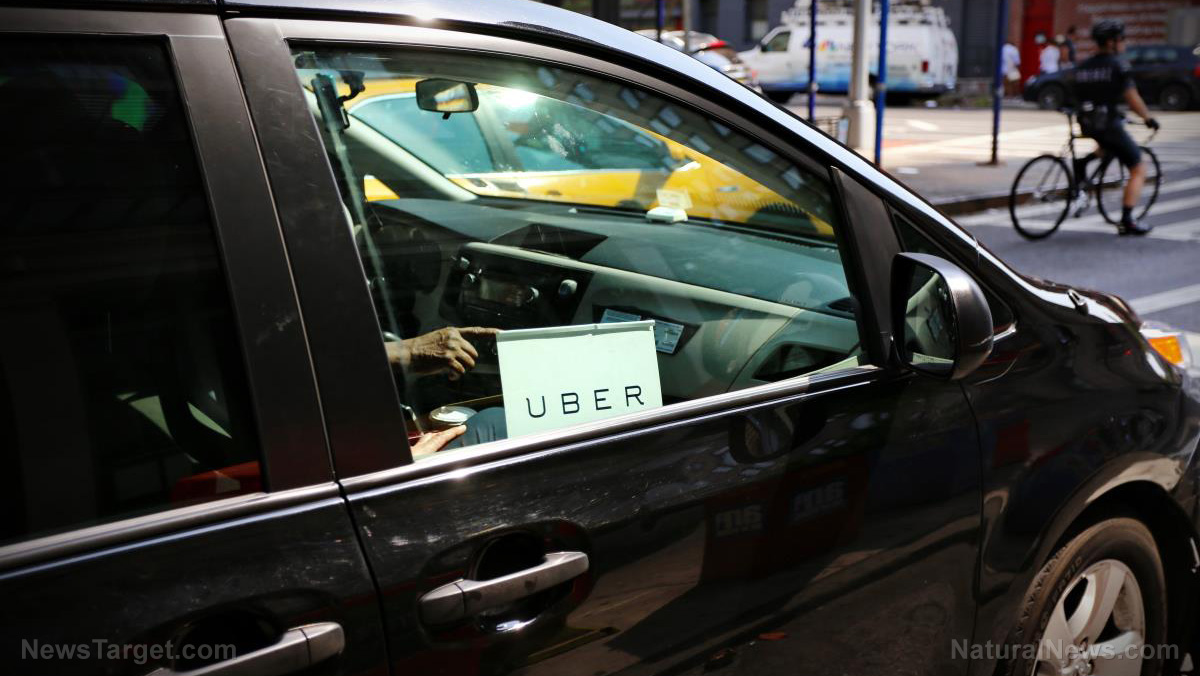
Although that is only one cent more than last week, the average last year at this time was 94 cents less at $2.20. Since January, gas prices have risen from $2.33 per gallon, and all signs point to higher prices on the horizon.
The price of crude oil, which is the base product used to produce gas, continues to climb, hitting levels last seen in late 2018. At the same time, the Organization of Petroleum Exporting Countries (OPEC) is resisting calls to increase production to meet the rising demand for oil.
Production has dropped from 29.3 million gallons per day in 2019 to 25.5 million gallons per day in May, and the markets are experiencing a global shortfall of 5 million barrels per day. Talks among members of OPEC and allied oil producing nations broke off in a standoff earlier this month with the United Arab Emirates about production levels.
High gas prices hitting families who are already struggling
The current trend is prompting concerns that rising gas prices will make inflation worse and impact post-pandemic economic recovery. Analysts expect the impact of rising gas prices will hit low-income families the hardest, many of which are already struggling to cover their basic needs like food, utilities, rent and medicine. According to the Census Household Pulse Survey, one out of every three families with children struggled to pay their household expenses last month.
Gas prices are varying significantly across the country, with California racking up the nation's highest price per gallon at $4.31. At one Bay Area Shell station, the price for regular unleaded gasoline is $5.60 per gallon.
Meanwhile, the lowest average price is seen in Mississippi, where gas is going for around $2.77 per gallon. In Kansas, gas prices climbed by 15 cents overnight at some gas stations, with gas prices there sitting at their highest level since 2014.
One thing that is fueling the higher prices is a rise in demand. Independence Day weekend saw the highest weekly gas demand released by the Energy Information Administration since 1991, with gas demand climbing from 9.17 million b/d to 10.04 million b/d.
Prices could rise more before stabilizing
According to the AAA, the national price has risen 40 percent since the beginning of the year. The automobile association said that these prices are expected to remain high throughout the next few months as people continue to travel, potentially exceeding $3.25 this summer, but they should stabilize somewhat this fall.
However, GasBuddy Head of Petroleum Analysis Patrick De Haan told FOX Business that prices could stabilize soon, although he does expect them to rise another 5 to 10 cents before the close of the month.
He said: "I think we're in the 8th or 9th inning of the gas price rally and we'll soon see prices stabilize; they may fall slightly, but we're also entering the prime of hurricane season soon too."
In some ways, these higher gas prices are reflecting the economic recovery from the pandemic the country has been desperately needing, but not everyone will be able to fill their tanks as these prices continue to climb. Although the actual cost of gas is not nearing a historic high, the sudden spike so soon after last year’s dip does make it feel more significant.
Sources for this article include:
Please contact us for more information.























